The GridSphere Portlet Service Model An Overview Jason Novotny
advertisement
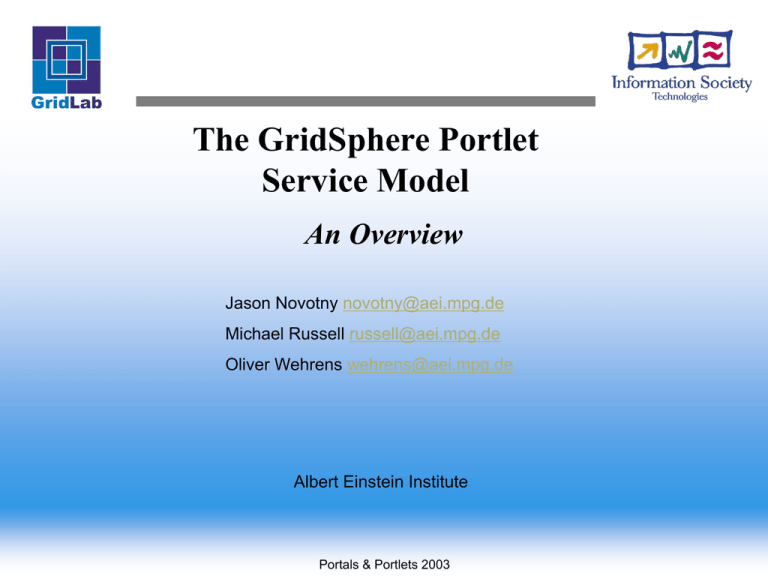
The GridSphere Portlet Service Model An Overview Jason Novotny novotny@aei.mpg.de Michael Russell russell@aei.mpg.de Oliver Wehrens wehrens@aei.mpg.de Albert Einstein Institute Portals & Portlets 2003 Portlet Services Introduction Origination of portlet services concept began with Jetspeed/Turbine Jakarta Turbine project aimed at developing reusable “services” Caching, Localization Logging, XSLT tansformation Security, Unique ID generation Persistence, Object Pooling, etc. Services provide standard interface consisting of init() and destroy() methods Portlet Services provide a mechanism for performing logic operations that can be reused by one or more portlets Portlet Services Evolution Jakarta Turbine evolved into separate sofwtare package/model for providing a collection of reusable services Initialization of services specified in properties files IBM WebSphere adapted portlet services model “Portlet services are discoverable extensions to the Portlet API which can be plugged into the portal server” IBM WebSphere provides methods in the Portlet API to get instances of a portlet service via the PortletContext config.getContext.getService(AnyService.class); Services consist primarily of an interface description and a concrete service implementation Portlet Services Cont. PortletService is the base interface for all portlet services. PortletService classes define “reusable services” within the context of a Portal. Portlets can obtain portlet service instances by calling the method PortletContext.getService. PortletService instances are created by a PortletServiceFactory. Similar to Portlets, PortletService objects are configured at initialization with a PortletServiceConfig object. Writing a Portlet Service Define a service interface Provide service methods Write the service implementation Can also provide implementations for init() and destroy() methods which get called when service is first instantiated and destroyed Write the service’s factory Generally one can use the PortltetServiceFactory which creates a new service insatnce or can return a cached service instance Register the service IBM WebSphere uses PortletServiceRegistryService.properties to store mappings between service interface and implementation as well as service configuration information GridSphere Portlet Services Adopted WebSphere approach to portlet services Replaced properties file with an XML specified services descriptor file: <service> <name>Login Service</name> <description>Provides Login Capabilities</description> <interface>org.gridsphere.services.LoginService</interface> <implementation>org.gridsphere.services.impl.LoginServiceImpl</implementation > </service> PortletServiceFactory provides createService methods to instantiate new service instance or reuse existing service instance Introduced notion of “user services” that allow service methods to provide particluar capabilities based on user’s role Portlet Service Security Portlet service security uses role based access control (RBAC) model Groups contain Users which have Roles Roles can be Guest, User, Admin, and Super “User Services” must specify additional services attribute in XML definition: <user-required>true</user-required> Currently, users can have only one predefined role within a group but this can be extended in future releases Group and role information available from the AccessControlManagerService Portlet Services Descriptor <portlet-services> <service> <name>Portlet Manager Service</name> <user-required>true</user-required> <description>Provides Administration Capabilities for Portlet Web Applications</description> <interface>org.gridsphere.services.core.registry.PortletManagerService</interface> <implementation>org.gridsphere.services.core.registry.impl.PortletManagerServiceImpl </implementation> <service-config> <param-name>init-portlet-webapps</param-name> <param-value>gsmanager, coreportlets, gridportlets, exampleportlets</param-value> </service-config> </service> Core Services Portlet Manager Service Provides lifecycle methods to allow portlets to be installed, removed, initialized and destroyed by authorized users Login Service Allows a User to be retrieved from a username and password User Manager Service Add/Remove User Accounts Edit User Profiles Access Control Service Add/Remove User Groups Add/Remove User Roles Grid Services (the beginning) Credential Manager Service Add/Remove allowed User Credentials Configure use of Credential Retrieval Service Job Manager Service For listing, starting, migrating, stopping jobs. Job Monitoring Service Specify what to monitor for any given job and archive related information. File Transfer Service For managing and scheduling file transfers. Data Manager Service Access to data replica catalogues. Describe data with meta-data. Notification Service Define events to be notified about. Specify how to be notified about those events. Conclusion Portlet services provide resuable business logic that can be used/shared by portlets Portlet services allow for separation of service descriptions (interfaces) from actual concrete implementations Portlet service model may be part of Portlet API User services allow for method-level access control based on user’s role in portal GridSphere implements several core services including login service, user management, access control management and portlet management

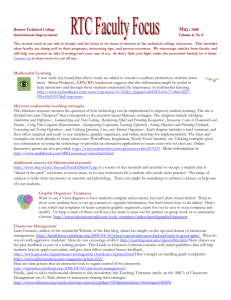
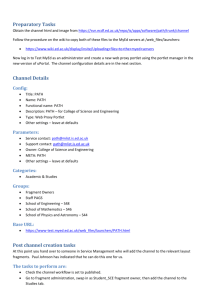
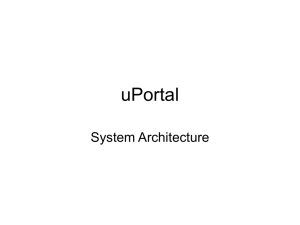
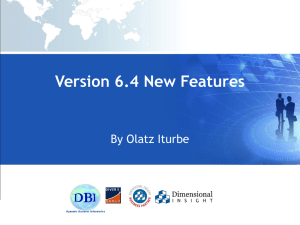

![[#KS-4371] Nothing happen when clicking on a submitted question](http://s3.studylib.net/store/data/007691139_2-3d2d2f02867c17c99acbd1f41207ce6b-300x300.png)